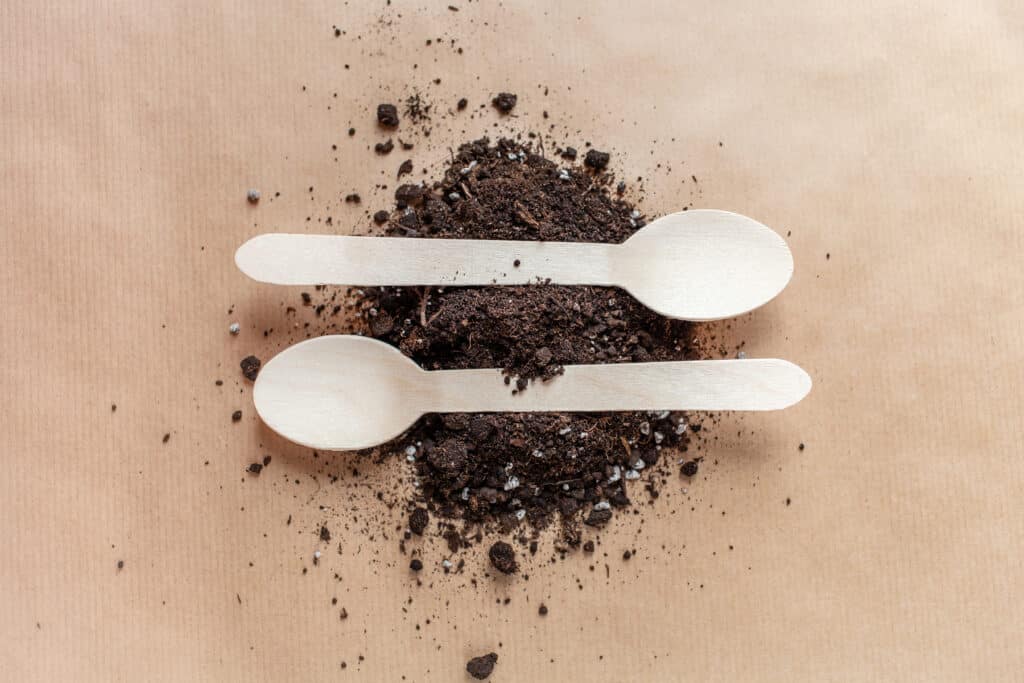The global biodegradable cutlery market, valued at US$ 45.0 million in 2023, is driven by a dynamic interplay of factors and stands at the forefront of sustainable solutions. As environmental awareness grows, the hospitality, tourism, and the flourishing retail sector are adopting eco-friendly practices to meet the growing demand for sustainable alternatives.
Consumer-Driven Developments
The biodegradable cutlery market is growing due to environmentally conscious consumer behavior. Biodegradable products are becoming more popular as public awareness of environmental issues increases. Such growth supports market trends and sets the stage for anticipated expansion. The hospitality and tourism sector significantly impacts the growth of the biodegradable cutlery market. The industry is adapting to the environmental demands of consumers and introducing sustainable practices into its business operations. At the same time, the retail sector is experiencing strong growth. Retailers are actively introducing biodegradable cutlery to meet the growing consumer demand for eco-friendly alternatives.
Regulatory Driving Force
Market growth is further catalyzed by a global shift towards sustainability, reflecting in the introduction of strict regulations. Governments worldwide emphasize environmentally friendly practices, significantly boosting the adoption of biodegradable products. This regulatory push is a crucial factor supporting the market’s upward trajectory.

Innovative Materials
More innovative materials are also becoming a trend in the production of biodegradable products. Mostly used biodegradable materials are sadly often associated with significant greenhouse gas emissions and exploitation of the environment. At the forefront of this transforming market are innovative materials such as the Refork material. These modern materials are solving environmental problems and raising performance standards, encouraging their greater prevalence in various industries. It is therefore necessary not only to continue to create products from familiar materials but also to research and market new materials.
Most Favorite Product
The spoon is clearly the most popular among consumers in the range of biodegradable cutlery. Its versatility ensures its popularity and makes it a staple in the eco-friendly market. But more products are coming in a biodegradable form in the future. Refork products are no exception, with many additions to the range in the future.

Moving Away From Bioplastics
Based on material, the global biodegradable cutlery market can be segmented into wood, husk, paper, plastic, and others. Currently, plastic has the largest share of the global market. Although bioplastics have a significant market share, challenges persist. Bioplastics face criticism due to their slow degradation process, need for high temperatures, dependence on non-renewable resources, and limited recycling infrastructure. Bioplastics are also often made from raw materials that could otherwise be used, for example, as food for animals and humans. PLA still holds the largest share of the market, reaching up to 50% of all bioplastics. Addressing these issues is essential to strengthen a truly sustainable biodegradable cutlery future. It is, however, clear that such materials will be scarcer in the future.
Europe Leads The Way
Europe dominates in the biodegradable cutlery market thanks to its commitment to tight environmental regulations and the growing demand for sustainable alternatives. However, market developments are spreading across the globe, and growth is occurring on all continents as eco-friendly practices gain popularity and enter all cultures.
Not Only Biodegradable, Also Aesthetic
The market seamlessly follows the latest trends in eco-friendly products, characterized by innovative design, collaboration between manufacturers and sustainability-focused organizations, and the growing popularity of online sales channels. These trends foreshadow significant growth in the eco-friendly products market. Growing desire for aesthetically pleasing and customizable tableware are also fueling the market. Moreover, the current trend signals a shift towards advanced manufacturing processes that minimize the environmental impact of tableware production.

In conclusion, the increasing awareness, innovation, and regulatory support are determining the direction of significant growth and impact in the global biodegradable products market. The challenges we face highlight the need for continued research and development efforts. These efforts aim to ensure that sustainable alternatives meet the strictest environmental standards, pointing us toward a future where true sustainability is not just a goal but a reality.